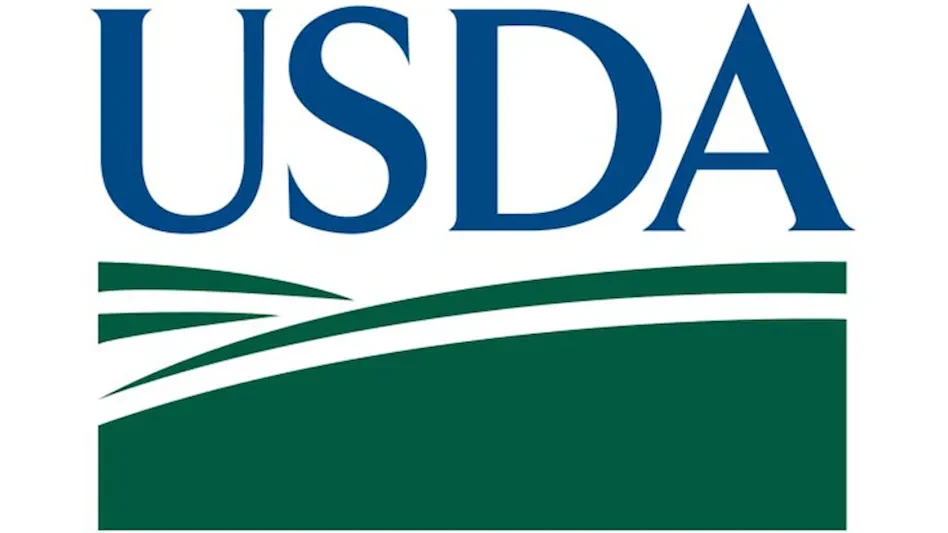Tracing beyond a plant’s “four walls” certainly has its challenges, but these seem increasingly surmountable when compared with the challenges of tracing beyond a country’s borders, where differing languages, regulations and standards all come in to play.
The challenge lies in the fact that requirements vary from country to country. And although they have a lot of similarities, says Gary Fleming, Produce Marketing Association (PMA) vice president of industry technology and standards, “the greatest challenge is the idiosyncrasies of the requirements.”
For example, while some countries have tracking requirements similar to the U.S. one-forward, one-back, their provisions have slight deviations, and processors in those countries generally don’t want to be held to FDA and USDA requirements. It is in fact, a fine line — requirements in the U.S. tend to have more specificity than in other countries, but other countries’ requirements are often more stringent.
PMA works with trade associations and standards around the world, including the Canadian Produce Marketing Association (CPMA); GS1, a global organization which designs and implements global standards for supply and demand chains, and whose standards, Fleming says, are widely used in the food industry; and the European Union.
To expand cooperation and collaboration between the associations, PMA joined in alliance with CPMA in 2002. “We want to make sure what we do in the U.S. is the same as in Canada,” that there is some standardization across North America, Fleming says. As part of the alliance, the associations formed a Traceability Task Force (CPTTF) to address the issue of traceability for fresh produce, identify and test best practices and educate the produce industry on the benefits of enhanced traceability. As a result, a 52-page document was created, identifying 10 best practices and delineating rationale for each. The document encourages companies to use and adapt the practices as best enhances the flow of information with their supply chain partners.
Though created for the produce industry, the rationale and substance of these Top 10 Best Practices is applicable across the food-production industry. (The full document is available at www.pma.com/traceability.)
1. Add the lot number to fixed-weight consumer packs containing a supplier ID.
2. On the retail/foodservice level, mark cases with human readable data including supplier name, product description and lot number.
3. On the distribution center level, encode GTIN and lot number in a GS1-128 (formerly UCC.EAN-128) barcode. (GTIN is the acronym for the Global Trade Identification Number of the GS1, which employs 14 digits for the identification of items, services, locations, logistic units, returnable containers, etc., and can be encoded into various data carriers. The GS1-128 is a standard that defines both the kind of data and the data format. Our UPC is a form of the GTIN and fits into the GS1-128.)
4. On the distribution center level, use human-readable supplier name, product description, and lot number.
5. During the slotting process, scan the supplier case and link to the internal pallet number.
6. During receiving on the distribution center level, use supplier pallet tags by encoding the company prefix and serial number in a GS1-128 barcode.
7. On the distribution center level, receive the EDI ASN (Advance Ship Notice). (EDI, Electronic Data Interchange, is a specific set of standards for the exchange of electronic information between or within businesses, organizations, governments or other groups; it is the primary data format used globally for electronic commerce transactions.)
8. On the distribution center level, scan supplier pallet data during the receiving process and match to EDI ASN data.
9. On the supplier level, use supplier-case coding by encoding GTIN and lot number in a GS1-128 barcode, as well as human-readable supplier name, product description, and lot number.
10. On the supplier level, use supplier pallet tags by encoding company prefix and serial number in a GS1-128 barcode. QA

Explore the April 2007 Issue
Check out more from this issue and find your next story to read.
Latest from Quality Assurance & Food Safety
- USDA Terminates Two Longstanding Food Safety Advisory Committees
- Catalyst Food Leaders Announces Virtual Leadership Summit for People in Food
- Food Safety Latam Summit 2025 Set for Mexico City
- AFDO Webinar Series Offers Strategies for Difficult Times
- FDA, USDA Rehire Some Staff, Multiple Sources Report
- Nestlé Opens Arizona Beverage Factory and Distribution Center
- Ingredion Invests $100 Million in Indianapolis Plant to Improve Efficiency, Enable Texture Solutions Growth
- Eagle Unveils Redesigned Pipeline X-ray System





